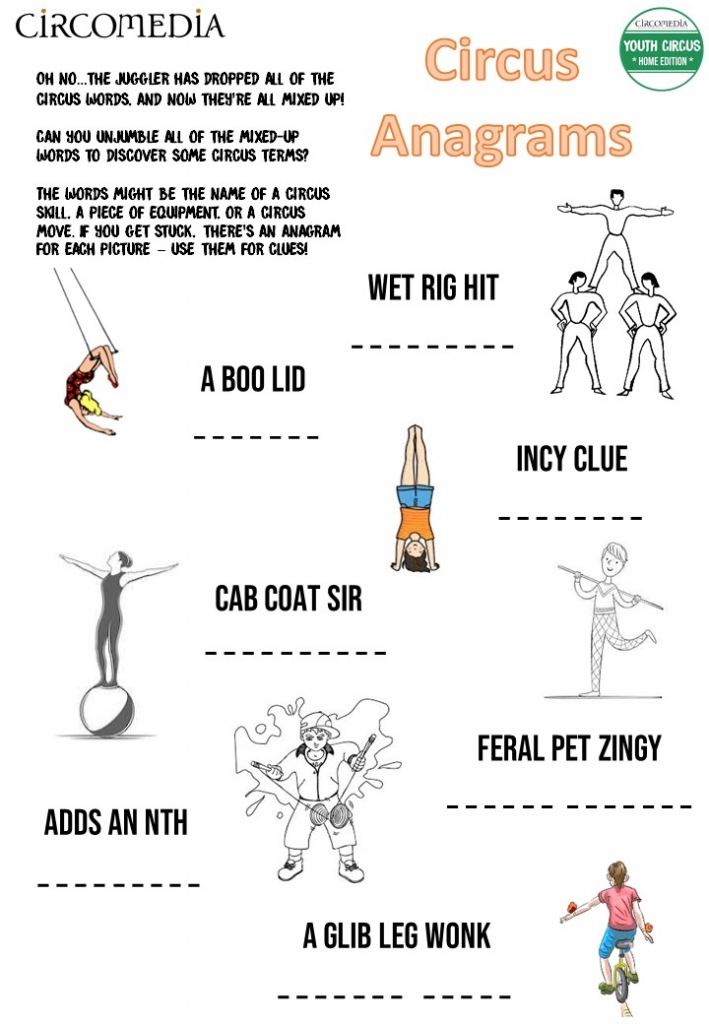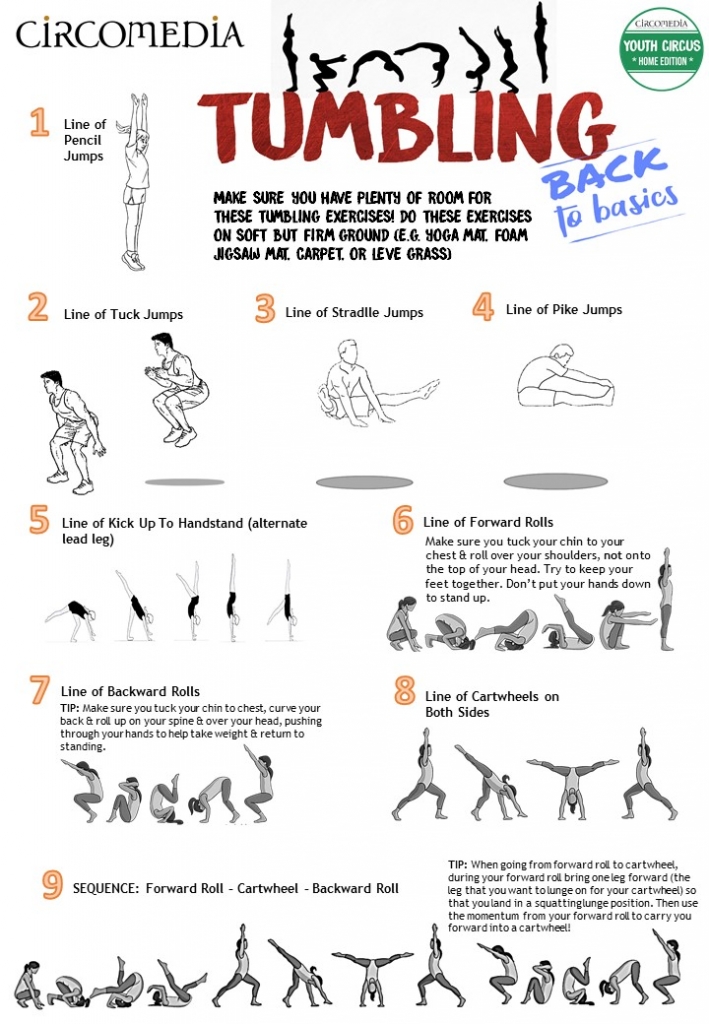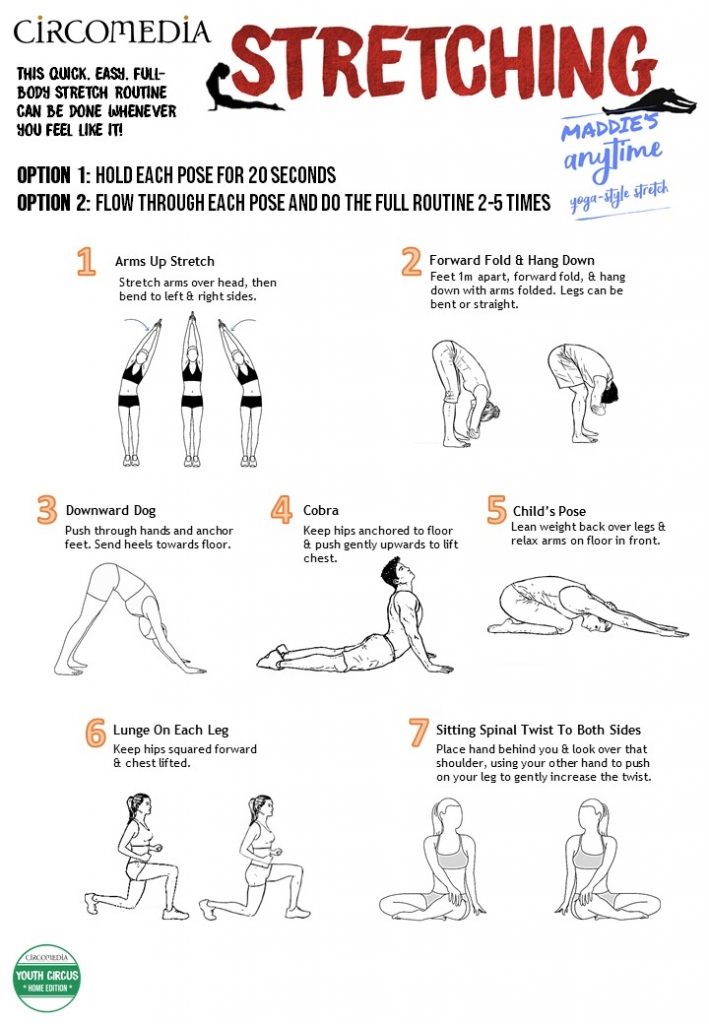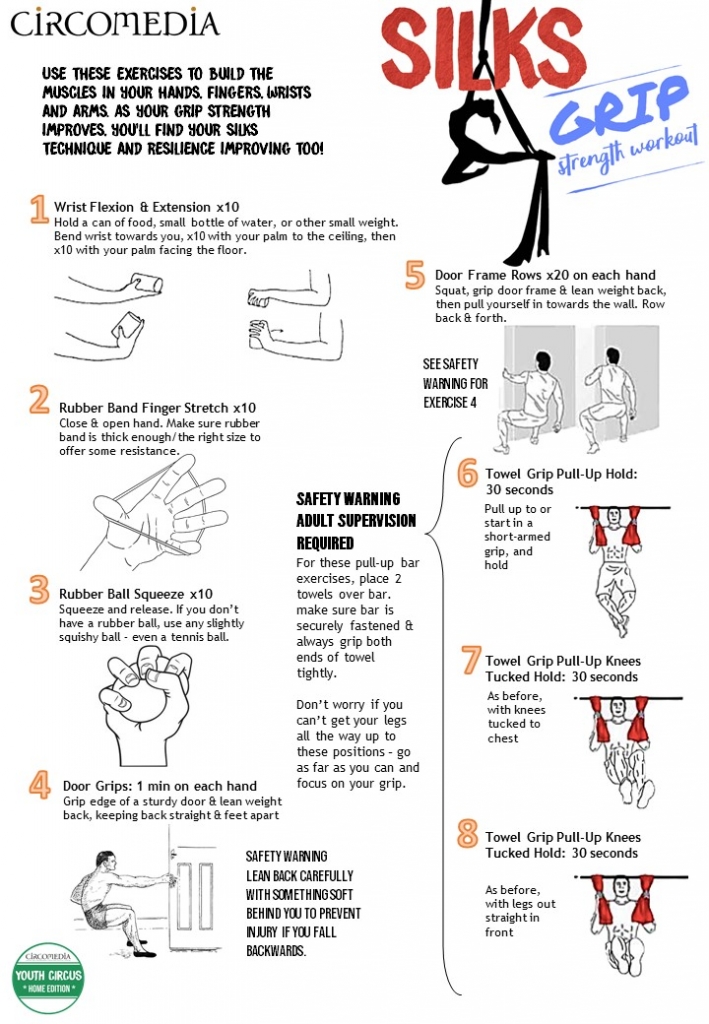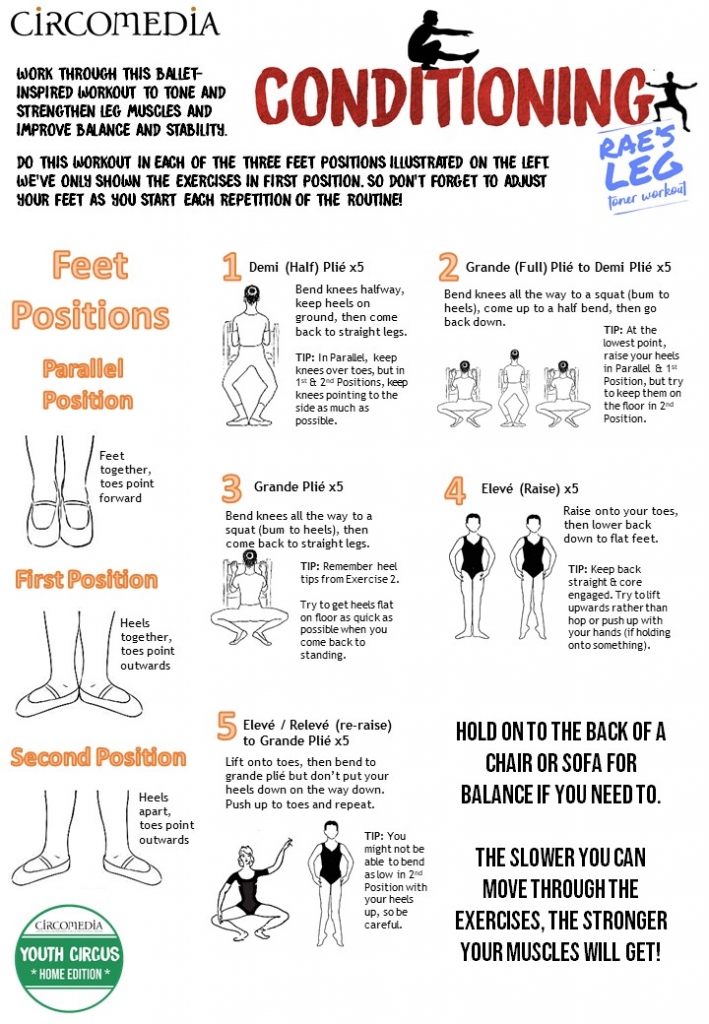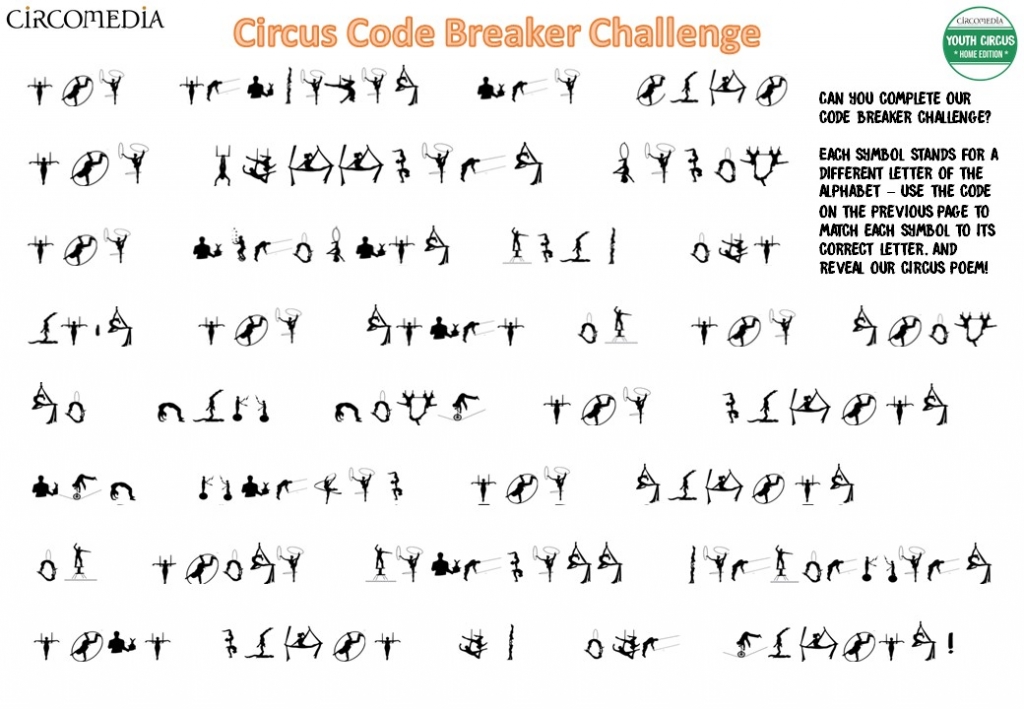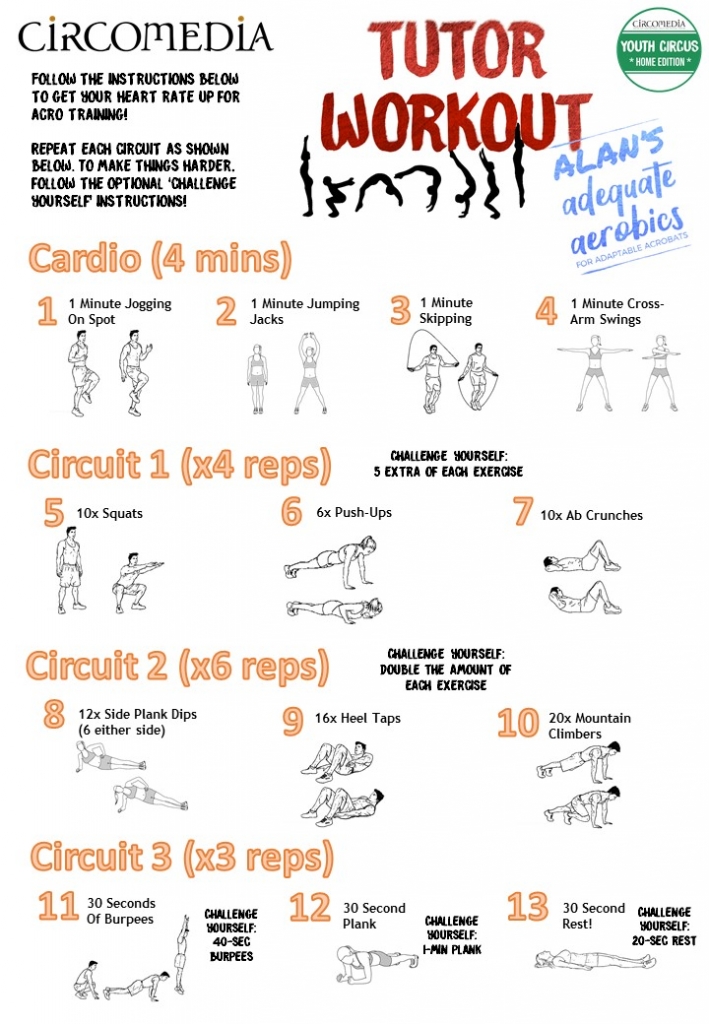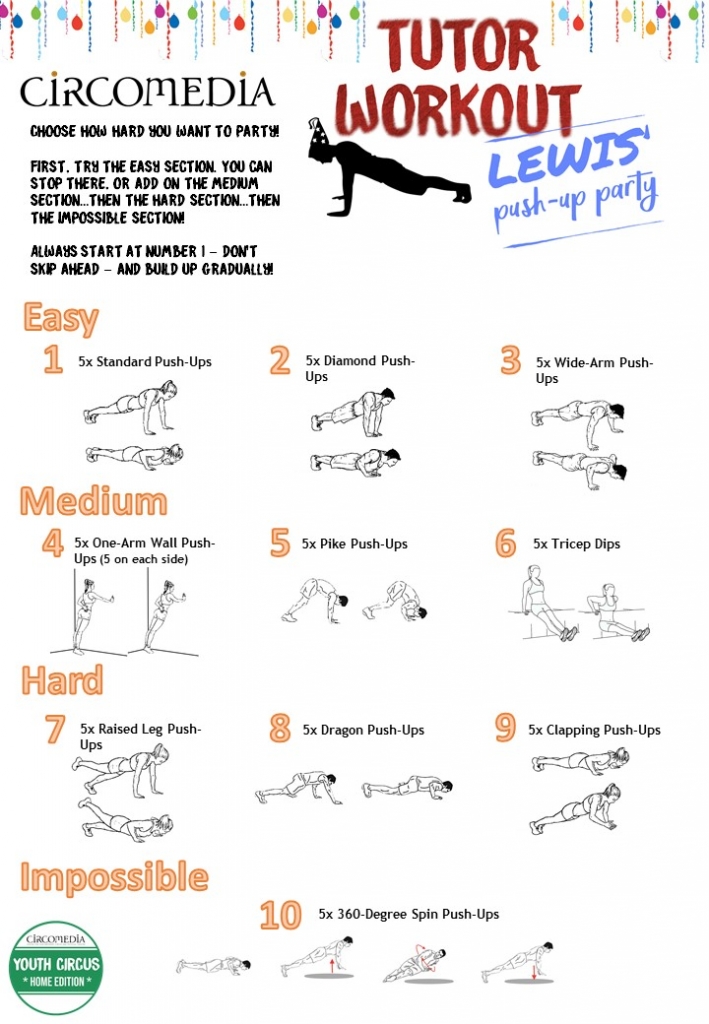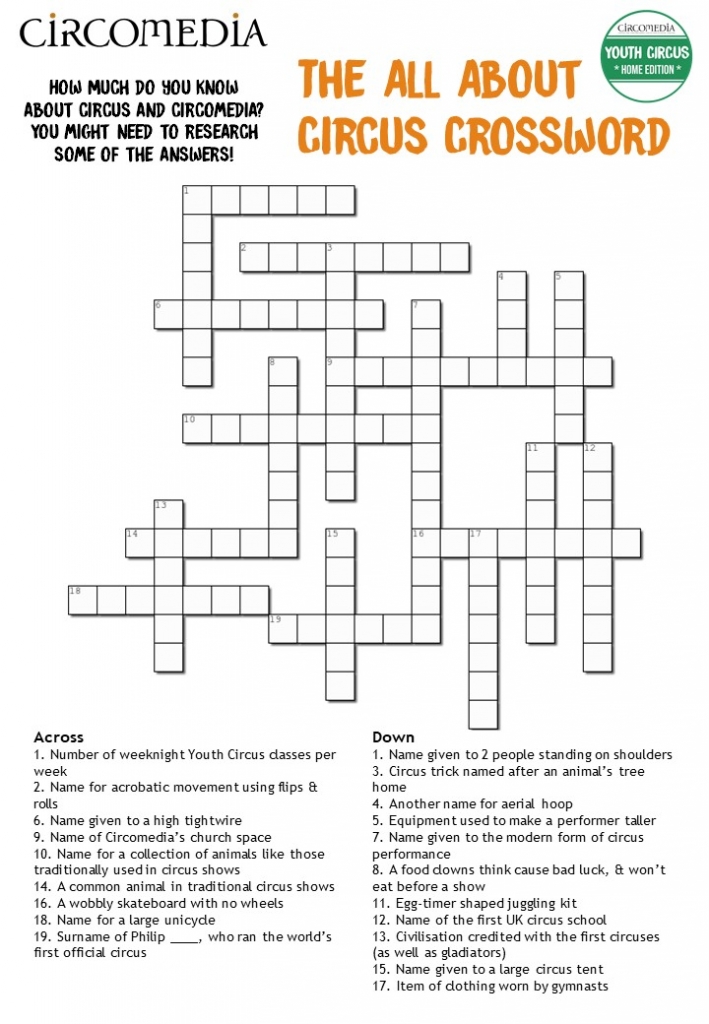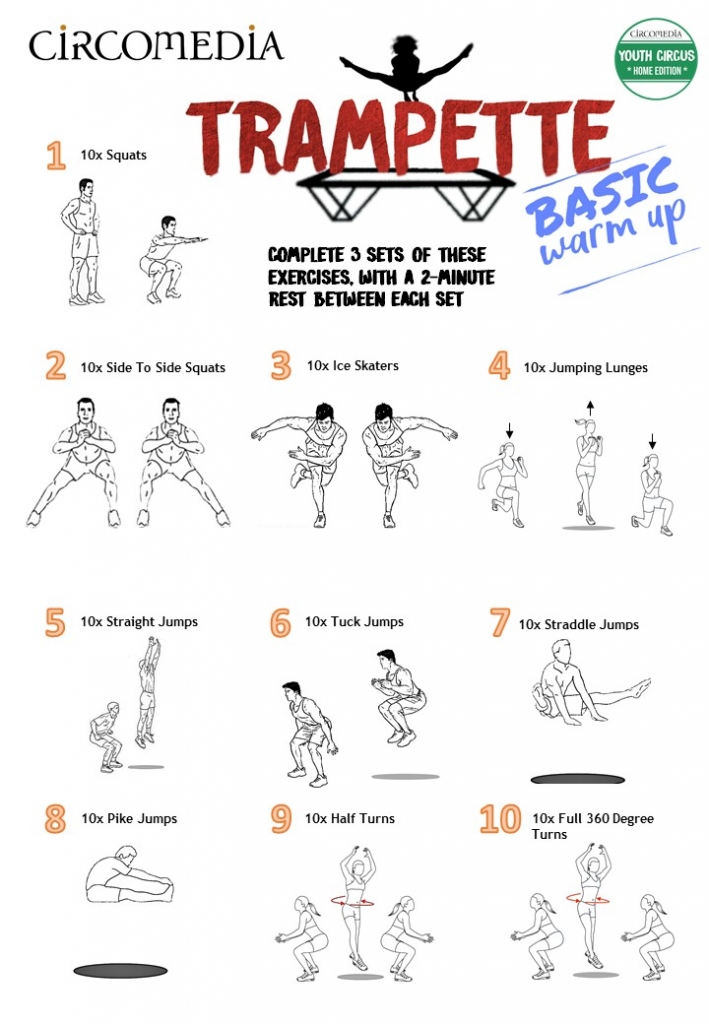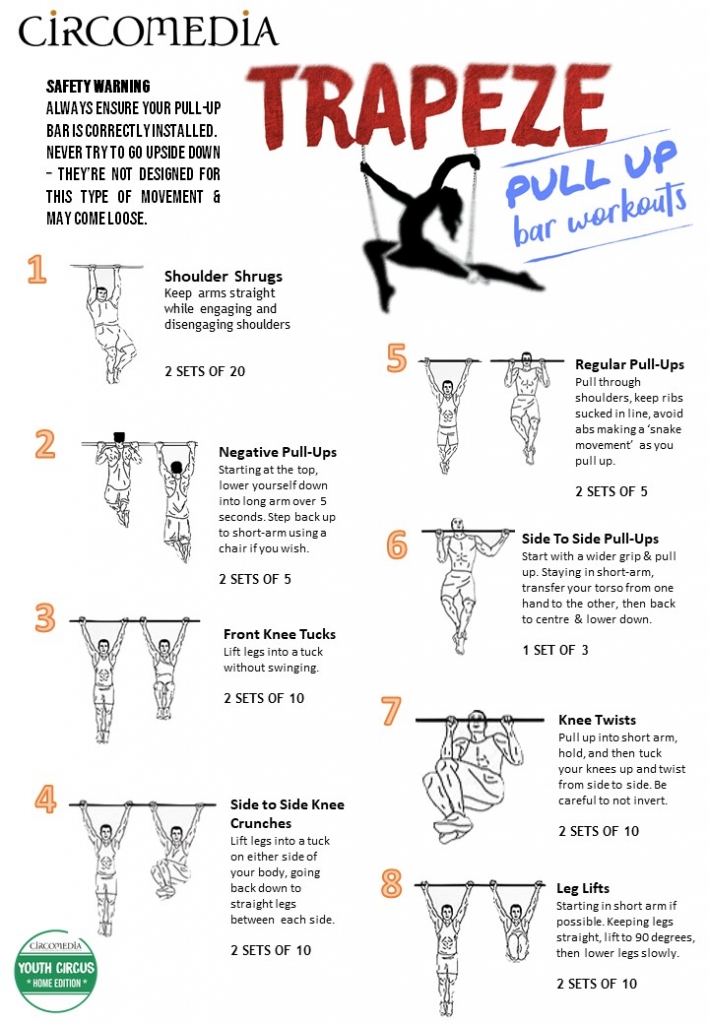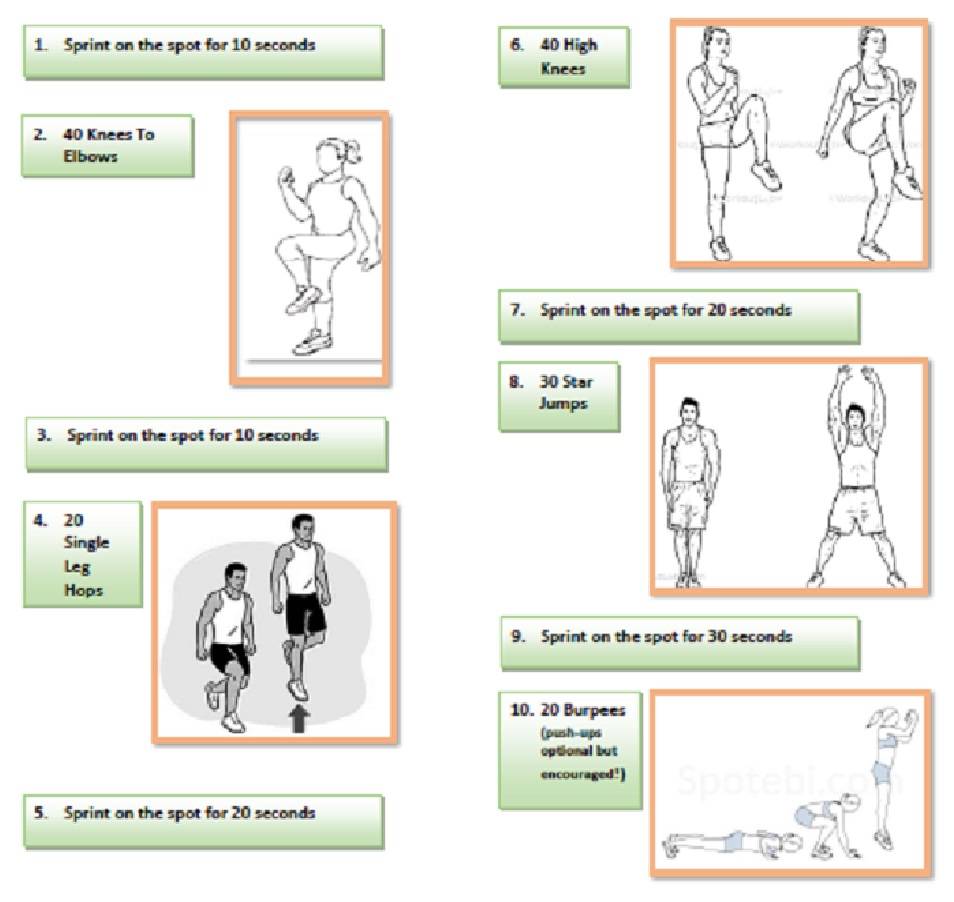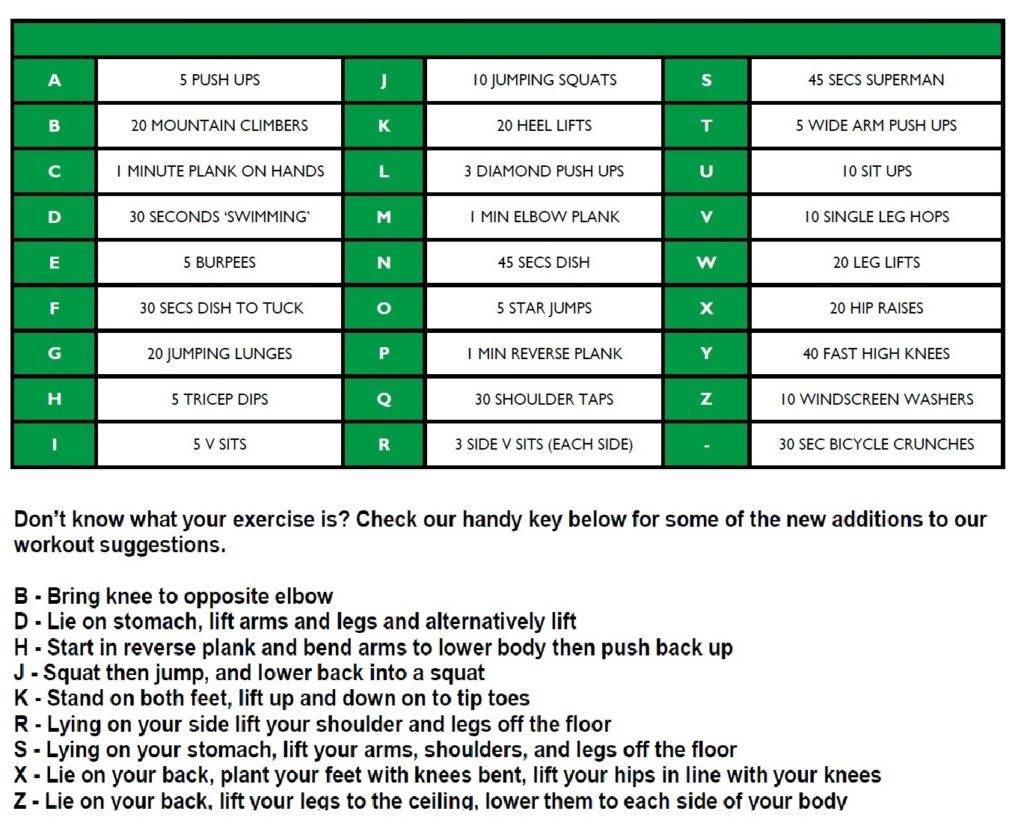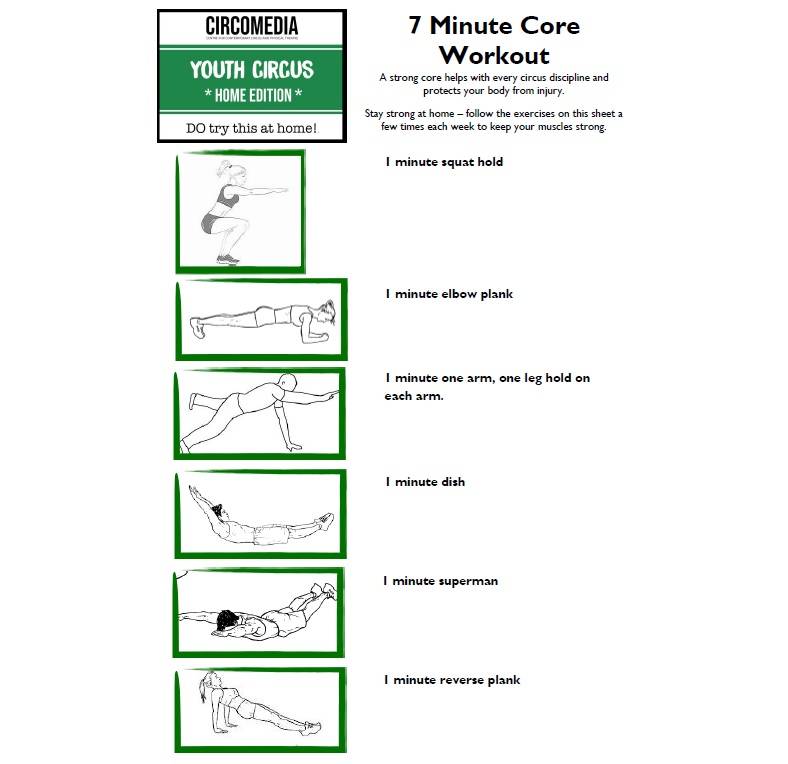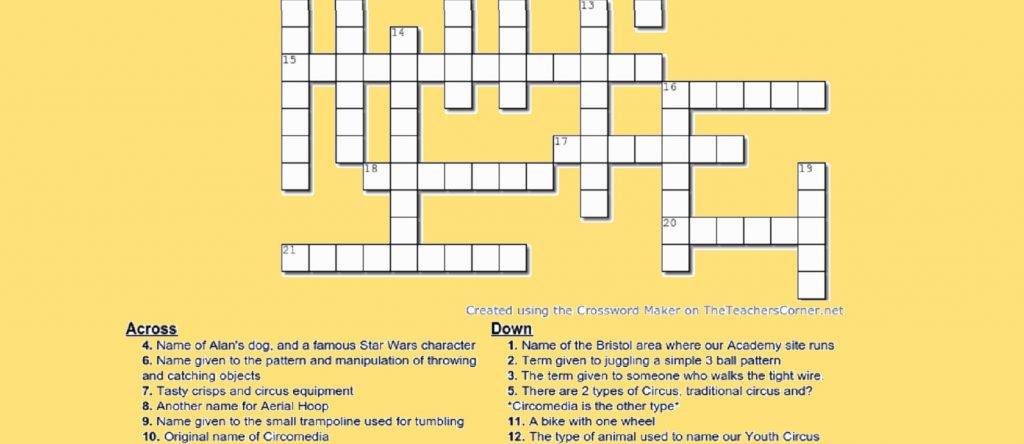Difficulty: Medium
Safety Warning: Make sure that you only stretch when your body is warm! You can pull or strain muscles otherwise. Remember, stretches should never hurt – you may feel resistance, but you should not feel pain. With this in mind, ease off if any stretch is painful!
Elly shows you a series of splits stretches to help you improve your flexibility and work towards doing the splits! Before you start, Elly advises doing at least five minutes’ of jogging, star jumps, or another activity that makes you out of breath and warm. This will protect your body from injury as it warms your muscles up and makes them more flexible.
Hold each of these splits stretches for 30 seconds to 1 minute, and remember to do both legs!
Start in a lunge position with your front leg knee above your ankle. Keep your back leg straight, place your hands on the floor, and focus on sinking your hips into the floor.
Next, place your back knee down and sink your hip forward to focus on your hip flexor muscles. Open your chest up and sink your hips down more, and to create a deeper stretch move your legs further apart to sink even lower.
For the next stretch, sink back on your back knee and straighten your front leg to stretch your front hamstring. Then, flex and point your front toe. Maintain a flat back position and sink your chest down to your leg. You can use yoga blocks, or anything similar at home, to build this stretch up.
Elly’s next stretch is another hamstring stretch. Come up to standing with both legs straight in the same apart position, then lean your chest forward and try to touch the floor.
Come back into your lunge position and deepen the stretch by placing your elbows on the floor beside your front leg. Don’t let your front leg roll out to the side!
Next, it’s a pigeon stretch. Cross your front leg over in front of you and fold over it – have a rest! See if you can bend your back leg in this position to deepen the stretch. You can increase the quad stretch by reaching for this back leg with one hand and pulling it towards your body.
Now you’ve gone through your splits stretches, you’re ready to try the splits! Slide into your maximum position and keep your chest lifted. Ease yourself down until you feel resistance, and hold it there. You may need to support yourself with yoga blocks or similar on each side. As you get closer to the floor, try and lift your hands off the floor and up to the ceiling to help with that straight back.
You can see all our stretching, strengthening & toning videos by tagging ‘Strength & Skill’ on our library homepage here!


